2010 was a busy year for Sheffield’s favourite purveyors of exploratory electronica, Audiobulb. This round-up finds curator David Newman giving voice to a typically wide-ranging set of releases, two of which are compilations and one a solo effort. Alan Lockett checks the strength of the ‘bulb’s wattage.
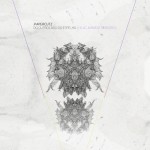
(:papercutz :: Do Outro Lado do Espelho (Lylac Ambient Reworks)) A set of ambient reworks was probably not uppermost in Bruno Miguel’s mind when he was producing the winsome poptronica of Lylac. For all the attendant digi-fizz and glitch-whizz, its band-y instrumentation, crispy beat base and gooey she-warble topping were its distinguishing features. But apparently bitten by the Ambient bug (“because of my love for movie soundtracks”), he made a bunch of tone-tweakers have their way with his :papercutz. Taylor Deupree, Simon Scott, Jasper TX, Christopher Bissonnette, Helios, Rameses III, Emanuele Errante, and Autistici lead a considerable cast of expert knob twiddlers. Whether airbrushed and soft focused, or washed out in an oneiric spin cycle, what comes out is a genre-busting blend of what might be designated Pop Ambient, were the appellation not already controlled by Kompakt. Jasper TX’s contribution, for example, might come from (an as yet unheard) Pop Ambient 2011, his archaeologies unearthing and re-burying the riches in “Broken Treasure,” whose accretions of textures mount over a hymnal chord progression merging into a beauteous blur before relenting. Helios’s widescreen version of “Lylac” (audio stream below) is a different animal; the album’s most obvious Ambient Marquee Moment – A Good Thing or A Bad Thing, depending on your orientation: wisps of gossamer femme vox are festooned breathily over a twinkling heartstring-tug production of Celtic soundtrack-cum-pop epic proportions that comes on like Sigur Ros consorting with Clannad. Exquisite, but too rich for this ambienteer’s blood. Taylor Deupree’s retool is, gratifyingly, more subtle, though still skewed toward the pop of any hypothesized ambient-pop crossover, foregrounding guitar and placing voice in suspension in a distanced electro-acoustic setting, then harping it up with pretty pianification. It could be an aversion on this listener’s part, but there’s more reward in tracks that dispense with vocals to work with texture. Best is Chris Bissonnette’s “Caught In A Halo” rework with its chimes and drones almost touching the void of Thomas Köner. Feu Follet’s version is another excellent dwelling on the beguilement of pure texture in classic ambient drone mode. Simon Scott and Rameses III are also true to form, the latter swelling from sounding depths to scale celestial heights, the former setting fire to slivers of distant guitar flame, thousand-yard shoegazer phaser on stun (albeit briefly). Contrasting takes for those seeking less abstracted versions come from Autistici, who finds the funk, among other things, in “A Secret Search” (beware, dodgy vocal insertions), and the fizzing Astroboy’s rework of “Lost Boys” nods to hip-hop – literally – with a headnod groove underpinning its vocal-led take. Do Outro Lado De Espelho – Lylac Ambient Reworks is a set that likes to leave its pop colours showing, and this may suit some; but, caveat auditor, the search for Lylac’s Inner Ambience is one which yields a whole spectrum of findings.
[audio:http://igloomag.com/wp/wp-content/uploads/2011/01/Papercutz-Lylac-Helios-remix.mp3|titles=:papercutz – “Lylac (Helios remix)”]::..:::…..:..::….:::::..:::..:::::::……:::…::.:::….::::..:..:::…..:..::….::::…….::::::..:::…..:..::….:::
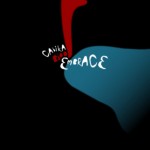
(Calika :: Blood Embrace) Brighton’s Simon Kealoha is back on the ‘bulb with a fourth full-length of the raw and the cooked – of lo-fi audio-fiddling andprecision electro-acoustic surgery. Since debut album, Small Talk Kills Me and previous Seedling Mother, Kealoha has been shuffling and variously dealing the elements of his sound, bringing to bear a sensibility steeped in the studied fret-fingerings of post rock, while in thrall to the spontaneity of jazz and the decon-reconstructionism of hip hop, evident in its deployment of found sounds and disintegrative loops. These ingredients are mixed up, folded together, and turned into moulds from which they emerge as loose and lurching musical structures. Blood Embrace, for all that it is trailed as a more stripped down record, actually strikes as pretty event-heavy, or perhaps it is just that there is a more discernible method in its controlled madness – that his sounds are pared back to simpler, rawer elements, ideas left emergent, given room to breathe, often wheezily, rather than being spliced and diced with a parade of others. The predominant M.O. seems to eschew mouse-click loopery for electronic tampering with organic passages. There’s more immediacy to the music – not that production artifice is less, but that it seems more in service to the whole. In fact the wilful juxtaposition of organic and artificial is a Calika characteristic, and Blood Embrace is replete with cut-and-shut assemblages of beats and samples, though the tendency to hyperactive disorder of previous Calika is toned down. For all the sound-mangling on show, there are straight played acoustic instruments a-plenty, e.g. the organ leading the unhip-hop pop processional of “Kodachrome,” and shedloads of guitar, e.g. on the dolefully moody “Headset” and on the sulky “Lug,” which is prefaced with some nice woozy Mark Clifford (a mate of Kealoha’s) Seefeel steel-steal. There are echoes of influences ranging from BoC and mid-period Posthuman to the likes of Hood and Bracken without sounding like any of the above, and Calika’s eschewal of post-production finish is a distinguishing feature. This feels like a weakness on the likes of “Poor Low Lencher,” a scrapheap-hop throwaway, or the challengingly dissonant “Fuckin Cretinous;” a strength on the more considered reclamations of “Melcher,” textures and beats leaning towards a shared goal of affect and kinesis (audio stream below); likewise on the strangely moving melodic ooze of the hymnal “If Ever there was a Time.” Overall, Blood Embrace might be described as lo-fi, even ramshackle, IDM (mind the gap!), but overall this is a pretty varied disc that brings an unkempt Madlib or shambolic Matt Elliott spirit to the table, with haptic instrumental passages colliding as much as colluding with rough cut loops and electronics.
[audio:http://igloomag.com/wp/wp-content/uploads/2011/01/Calika-Melcher.mp3|titles=”Melcher”]::..:::…..:..::….:::::..:::..:::::::……:::…::.:::….::::..:..:::…..:..::….::::…….::::::..:::…..:..::….:::

(V/A :: 2 | Favourite Places) Last of this trio is a compilation under the curation of David Newman, who conceived the Favourite Places project three years ago, bidding contributors submit audio-documents of specific spots that were in some way personally significant. 2 | Favourite Places extends the conceit, with a host of soundsmiths from across the globe – the UK (Michael Santos, Icarus, Autistici, Calika), Australia (Lawrence English), Belgium (Yannick Franck), Japan (Sawako), USA (Jeremy Bible, He Can Jog), and Canada (Michael Trommer) – happy to hitch field findings to musical elements in response to the call to hymn their favoured spots. The usual environmental suspects are all here: wind, birdsong, running water, rain, distant traffic noise, prefacing and imbuing music-infused collages with topographic life. Lawrence English’s opening “Quiet Planigale” includes a series of isolated tweets (no Twitter, though) as a preface to a doleful drone to which further minimal incursions add themselves to create a meditative drift work. Nice enough, but Yannick Franck’s “Beaurieux” is a more amalgamated mix, merging musical and non-musical matter (around suburban Belgium) while maintaining their integrality. Michael Santos’s “Perfect Pitch” has field recordings from along Parkland Walk subtly seeping into pitchshifted chimings, his piece being the most evolved in terms of its embedded music. All of these are very much in the vein of the pastoral electronica + microsound lite classically represented by the 12k camp, whose Sawako and Autistici (David Newman, with a foot in both camps) are also included. The template is, however, versatile and amenable to adaptation. Michael Trommer, for example, presents a more aurally challenging outcome on “TD Path 6,” starting out with sounds from the Toronto underground (pedestrian network), then abstracting them into shifting passages of ambience, articulating feelings of alienated transience and eerie non-place. Those offering other compositional orientations include Audiobulb’s very own Calika, who incorporates some homebrew beatboxing into a typically ludic lo-fi electroacoustic doodle; and Icarus take a less conventionally musical route, manipulating the actual sounds combed from the South Downs (radio effluvia, insects, car noises, et al.) into a piece of sound art. This is also partly, but differently, the approach of He Can Jog on the closing “Woodbine Entwist;” here the location becomes integral to the song, though not so much in the sounds themselves (a portrait of the artist as a young snoring man provides an amusing moment of bathos) as through the fragmented bedroom indietronica that emerges, seeming to represent a hearing for the unheard legion of bedroom-boogiers throughout the ages. Visit the interactive microsite here.
[audio:http://igloomag.com/wp/wp-content/uploads/2011/01/Jeremy-Bible-Behind-the-Concrete-Factory-mixed.mp3|titles=”Behind the Concrete Factory (mixed)”]::..:::…..:..::….:::::..:::..:::::::……:::…::.:::….::::..:..:::…..:..::….::::…….::::::..:::…..:..::….:::
All releases above are out now on Audiobulb.






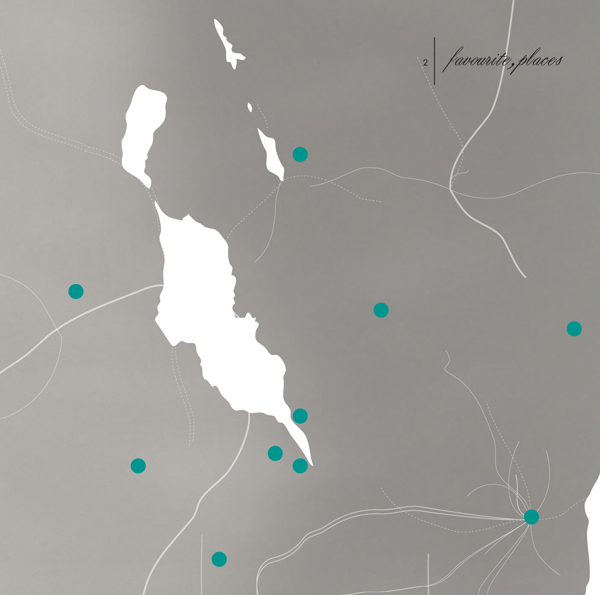


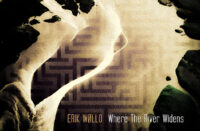

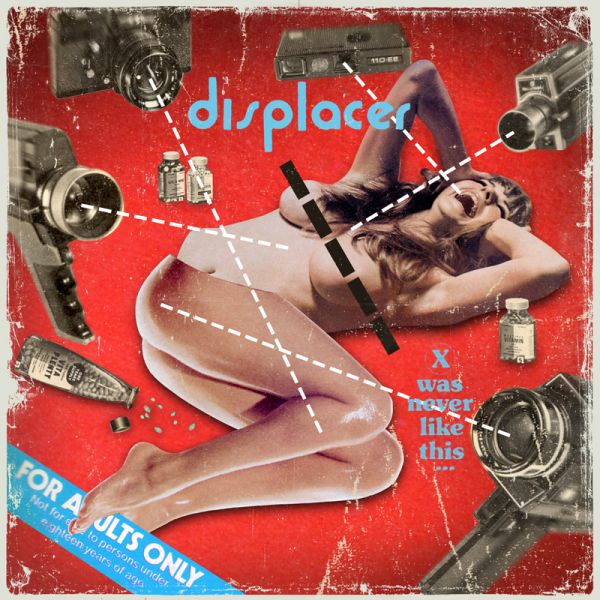
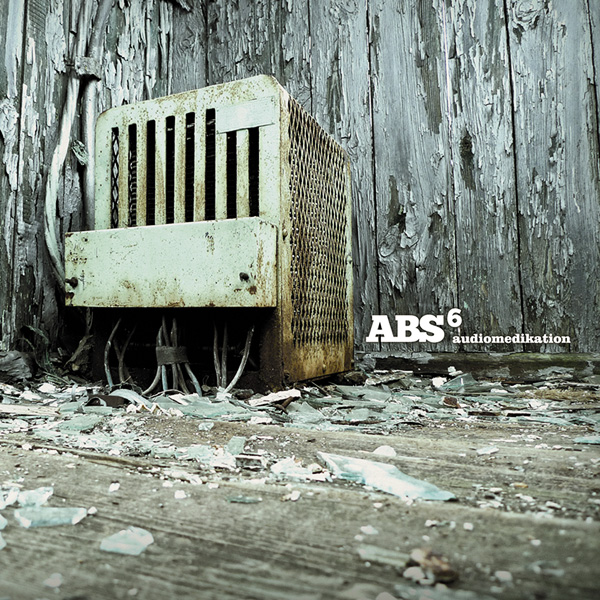


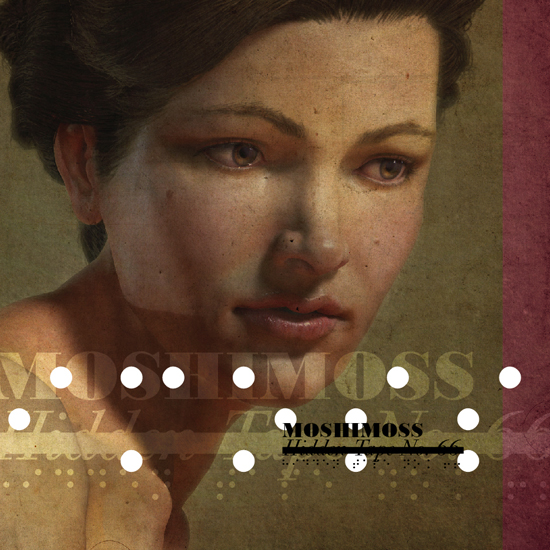
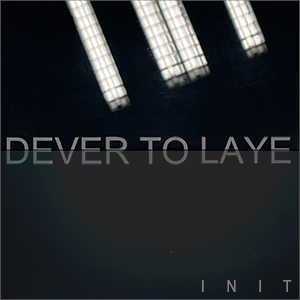







![Romanowitch :: A critical season substitute (glitch.cool) — [concise]](https://igloomag.com/wp/wp-content/uploads/2025/03/romanowitch-a-critical-season-substitute_tape_feat-75x75.jpg)


